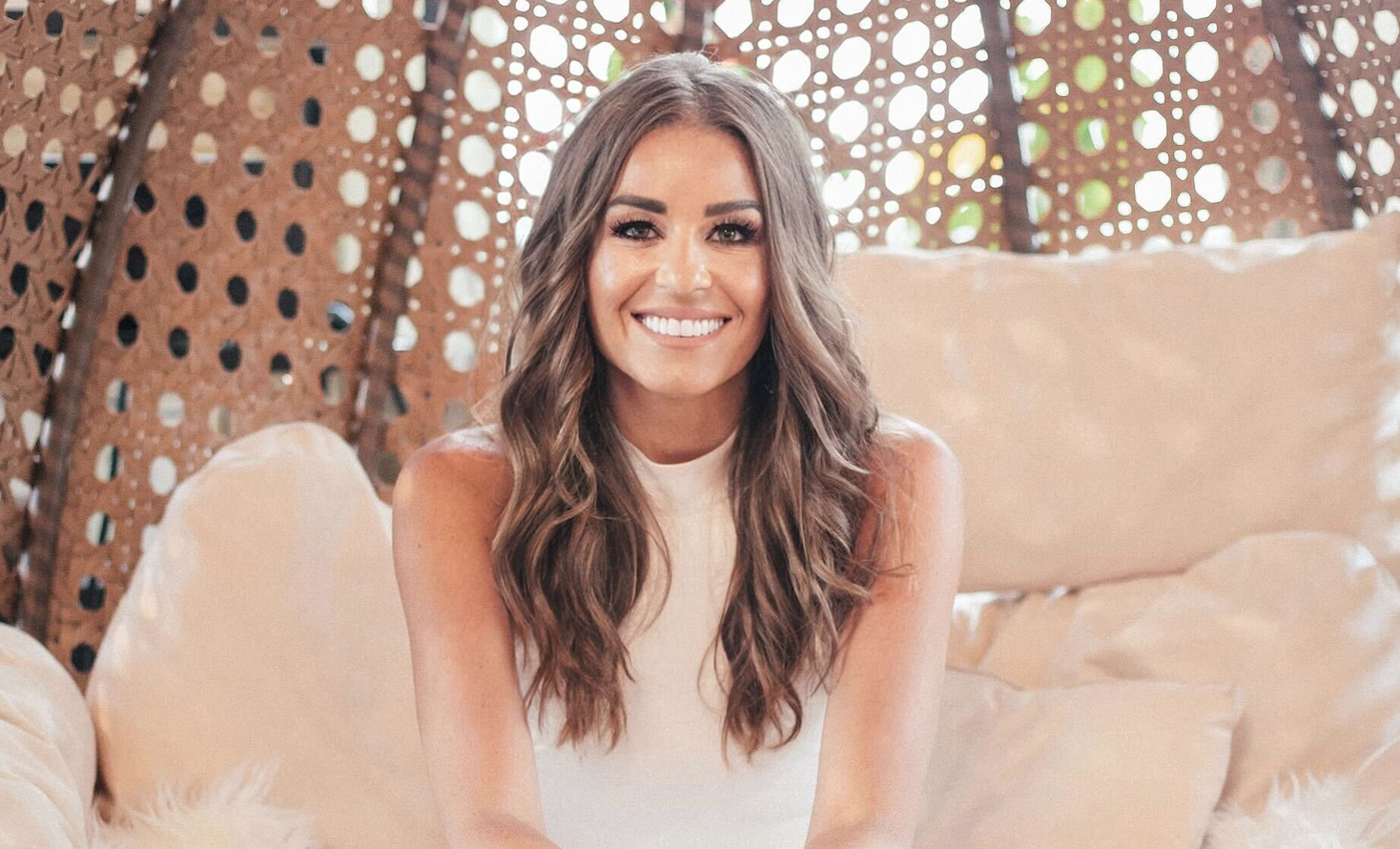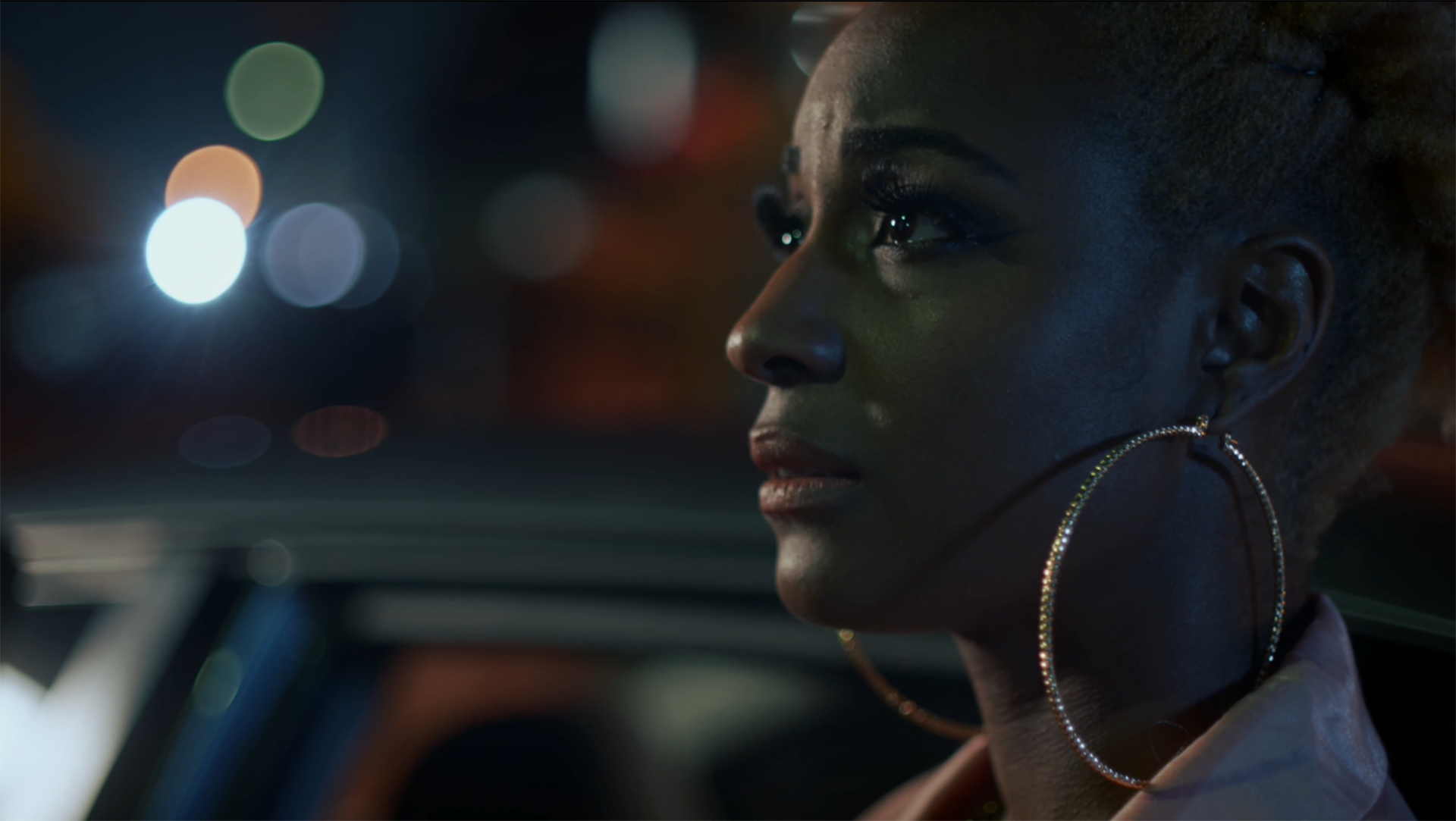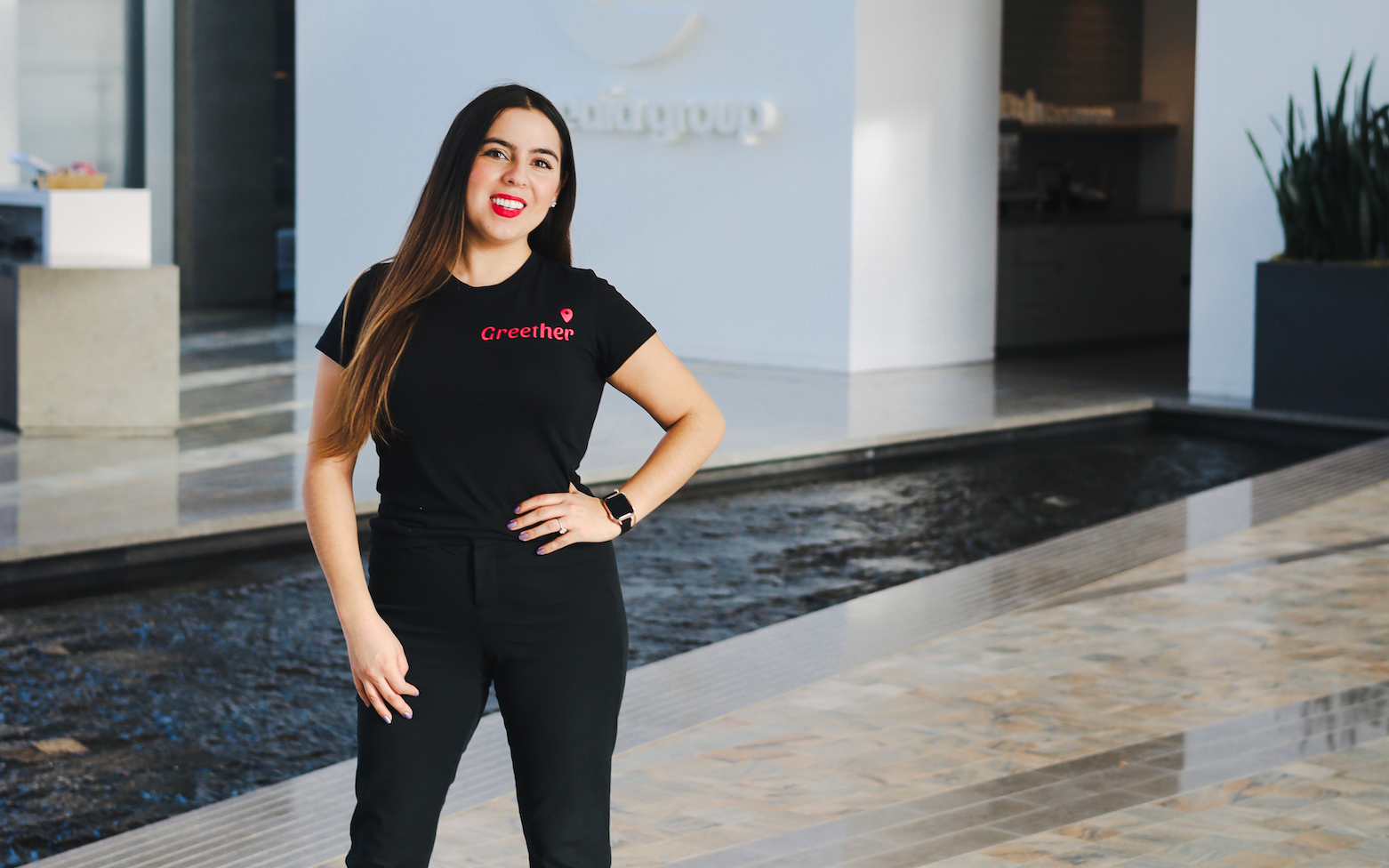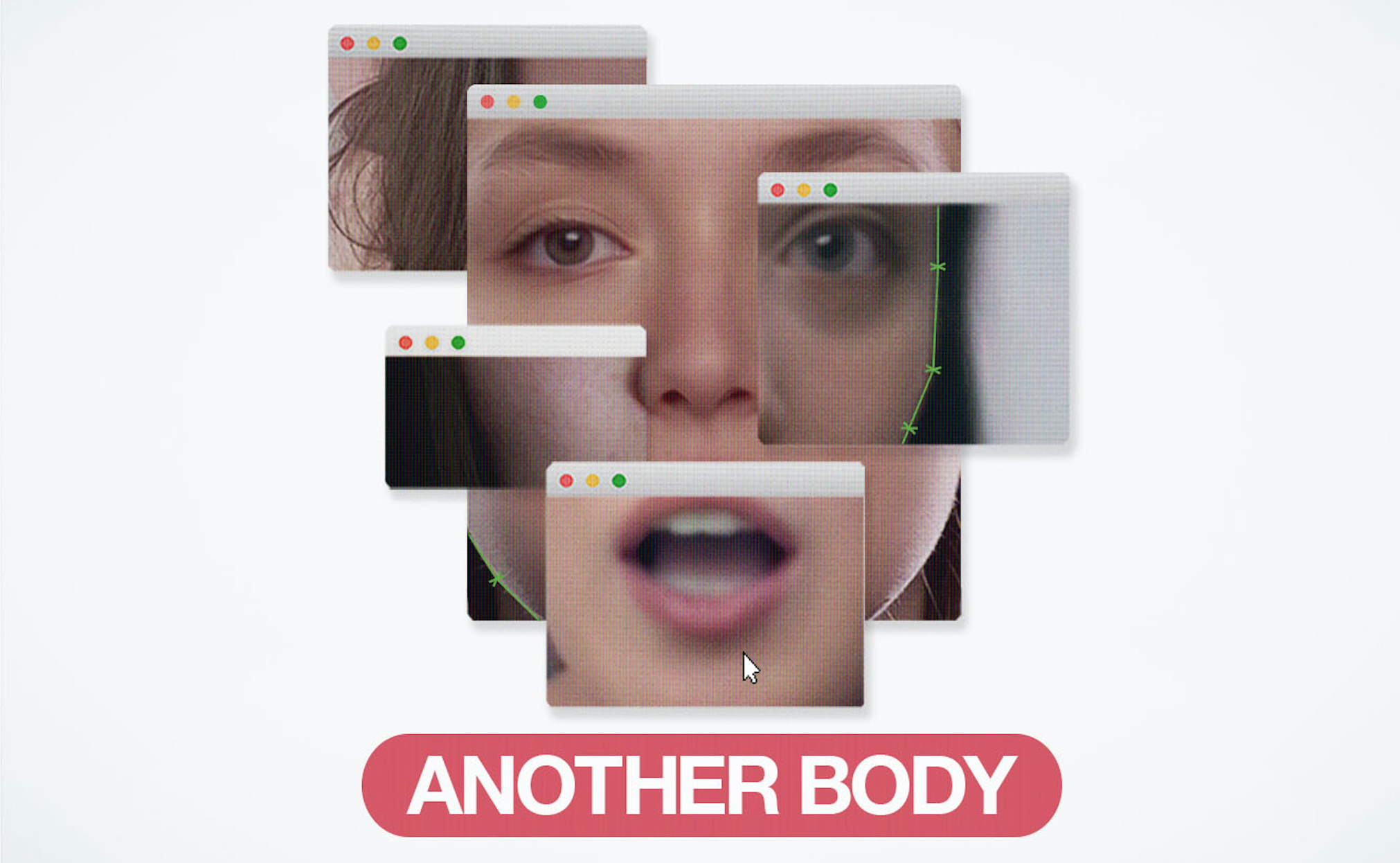
If you have spent any time on the internet and are a fan of creative or design blogs, you will probably be familiar with a website called Design Sponge, founded by Grace Bonney. Grace’s unique talent for creativity and amplifying the voices of women in this world are second to none.
It is no wonder then, that she has taken the immense popularity of Design Sponge and leveraged it into a brand that speaks to the current wave of women’s voices rising to the forefront of almost every industry today. Grace has successfully marrying the demand for women’s voices and experiences, especially ignored or marginalized women, with the amplification of the artistic work they are doing into two new creative endeavors that we are crushing on big time.
As Design Sponge continued to grow in popularity over the years, Grace realized that the online world she helped populate with her blog and then busy social media platforms were not enough. She realized she was becoming more interested in what lies behind the design – and the business of being a woman creative in the world. Her book ‘In The Company of Women’ became a New York Times bestseller and sparked another kind of movement: the need to create space and community for women who find themselves outside the business narratives – women of color, members of the LBGTQ community, differently-abled women and more.
She decided to buck the trend towards digital and created a print magazine, GOOD COMPANY, filled with profiles and group conversations. The second issue was released in October with Luvvie Ajayi on the cover and was centered around the theme of Fear(less) – an issue filled with women talking about tackling the tough issues, the scary leaps, the difficult conversations, the naysayers.
Once you get to know Grace, her mission and her work, we have no doubt you will develop a crush on her as we have. We spoke with the media maestro to get a sense of what makes her tick and why she feels it is important to especially amplify the voices of underrepresented women in the media.

We like to call you to OG blogging queen as you were in the game long before it became a big trend! Tell us how you started and what made you choose this medium?
I started Design*Sponge back in 2004, when the internet was a completely different place. There were no design magazines like Domino, no indie sites like Etsy and no social media that helped democratize design a bit more. I wanted to see more of the DIY culture I loved and was a part of celebrated, so I started Design*Sponge as a way to talk about the things I loved that I wasn’t seeing supported in more traditional media. I hoped one day I might be able use my writing on the blog as a resume to apply for a job at a magazine, but the blog ended up becoming the magazine job I always wanted.
What is it about design and creativity that you love sharing the most with your readers and followers?
I love seeing how interiors can be used to facilitate important moments in life. Whether it’s welcoming a new member into a family, a new pet, welcoming someone home from a trip or just creating safe spaces for people to heal and find themselves, interiors are so much more than just design, they’re part of our personal lives.
You and your team have built a solid following over the past decade and a half across the website and multiple social media channels. What has been the best tactic for growing your readership?
We’ve honestly never pursued the recommended tactics- we’d probably be a lot more financial stable if we did. But we’ve always chosen transparency and authenticity over clicks. That allows us to focus on issues we feel most strongly about, especially if they’re political or about social justice, etc. I think that honest conversation has built trust with our audience and for me, that’s more valuable than clicks.

Your brand has grown into what is clearly a new media empire! As well as the website, you have launched a magazine, podcast, and released a NY Times best-selling book showcasing a range of badass, creative women. What does a day in the life of Grace Bonney look like?
It’s far less glamorous than that very kind set up might suggest. Most days I’m up early working on my laptop until I remember I should eat something. Then I eat and get right back to it. With our new print magazine, Good Company, it’s basically a full-time job and a start-up at the same time, so it’s a lot of work, coordination and decision making, which all happens on my laptop. I love working remotely, but it typically means I actually just spent a ton of time on my couch working until the sun goes down.
How did the idea for ‘In The Company Of Women’ come about and what do you hope readers will draw from the stories they read?
It came from the realization that I was failing our audience. I wasn’t representing anyone on the site that wasn’t white, straight and financially comfortable. I had created a narrow version of what the design community looked like and that was wrong. I was incredibly fortunate to have compassionate and patient friends and colleagues who helped me see what I was doing wrong and who encouraged me to open my eyes, expand my understanding of the creative community and work on repairing relationships with communities I had failed to uplift.
It took me years to break the habits I had, but it was absolutely worth the work- and it’s an ongoing process. I wanted the book to be an extension of celebrating just how varied and diverse the creative community is. Just like Design*Sponge used to be, most mainstream media (especially business media) focuses on white, wealthy, straight, cis-gender men (and some women) who have one very narrow idea of success. I wanted to celebrate all the different ways people come to own businesses and do what they love. I wanted to include a diverse range of ages, backgrounds, paths to business and experiences. That allows for a better chance that someone reading will see themselves reflected and feel that that career or path might be an option for them, too.

One of the common threads in the book is that each woman has overcome adversity in some way, something we can all relate to. What are some of the biggest hurdles you have faced both personally and professionally?
A few years ago I went through some major changes that were a lot to process. I came out, I got divorced, I fell in love and married my wife Julia, then we left New York City for a rural town, where shortly after I was diagnosed with Type 1 Diabetes. It was a lot to process and it’s been a good lesson in slowing down, paying attention to my body and not rushing things because it’s what I think someone else wants me to do. I think we all know what that pressure feels like- to act, be, or do something other people might want us to do. And I’ve realized that that momentary “like” from someone is never worth compromising who you are and what is true for you.
Flipping through our copy of Issue #2 of Good Company magazine featuring Luvvi Ajayi on the cover, we can’t get enough of the intersectional content! How conscious were your team about elevating the stories and voices of especially women of color and LGBTQ folks in a range of creative industries?
We have two concurrent missions at Good Company: to share inspiring and transparent stories and to make sure those stories are told by and about people whose experiences have been underrepresented. That includes women, LGBTQ people, non-binary people, disabled people, people of color, people who’ve been under-represented because of ageism…the list goes on.
There are so many people who don’t see their voices and experiences represented as often as they should in print media and we want to provide at least one place where that won’t happen. My voice is minimal in this project because I want to use whatever access, platform and funding we have to support writers and creatives telling their stories in their own voices.

Why do you feel it is important that the world sees more of the female gaze in media and entertainment?
I think it’s important to have as many points of view represented as possible. I’d love to see more media that comes from the perspective of women, non-binary people, gender-non-confirming people—anyone who hasn’t had their point of view supported (especially financially) in media.
Why is it important for young women to see more female role models as they grow up?
We opened In the Company of Women with a quotation from Marian Wright Edelman who said, “You can’t be what you can’t see.” And that is painfully true. I don’t see enough young people, especially young people of color, entering creative fields and our community is worse off for that. We need to actively provide relatable examples of career paths to the next generation and look at the reasons they don’t choose, or can’t find a way, to enter any industry- and then start dismantling those barriers.

If you could go back in time and meet your teenage self, what would you tell her about the future you?
I would tell myself that I should have come out a long time ago. I lost a lot of time and hurt people because I was trying to be what I thought other people wanted me to be. But I would remind myself that no one is free from making mistakes and no one is perfect, and that I’ll come to accept and better understand that as an adult. Learning to recognize and own my own faults and flaws has been a powerful tool in finding my real voice and sticking to it.
Finally, what makes you a powerful woman?
I think all humans have power. It’s innate and though many people and systems will try (and succeed, sometimes) at taking away that power, we all have the ability to speak up and use our voices for what matters to us. For me personally, I feel strong (I struggle with the word powerful because I often associate ‘power’ with the way its used to over-power other people) when I realize how much I’ve gotten through, how many failures and bumps I’ve lived past and how much I’ve grown and opened my heart and eyes I never knew I could. When you realize you’re always learning and will never have all the answers, it feels exciting and powerful.
You can check out the Design Sponge website to learn where to pick up a copy of Good Company magazine. Purchase Grace’s book ‘In The Company of Women’ on Amazon.


















One thought on “NYT Bestselling Author Grace Bonney Centers Voices Of Women Of Color In New Mag ‘Good Company’”